As geothermal heating and cooling systems go, an open loop configuration can be an excellent choice, provided the environment supports it. Open loop systems work very effectively and efficiently because the deep water is held at an almost constant temperature year round. This property makes it a very good source of heat for the geothermal system.
However, an important factor to consider before choosing an open loop system is the quality of the water coming from the source. Although you won’t drink the water, the quality still matters a great deal, as poor water quality can cause serious problems in your geothermal system.
Let’s take a look at some common water quality problems and the damage they can potentially do to an open loop geothermal system in King of Prussia.
Mineral Deposits
If the water is filled with minerals — frequently called “hard water” — those minerals can be deposited within the geothermal coils. As they build up on the walls over time, they can slow the flow of the water or even clog it completely.
Hard water does not necessarily preclude the use of an open loop system. It just may call for extra maintenance, such as periodically flushing the system with a mild acid solution to remove mineral build-up.
Impurities
Impurities in water, especially metals like iron, can also cause clogs. Most frequently this occurs in the return well of the geothermal system. Again, these impurities do not necessarily mean an open loop system can’t work for you, but you should consult with the contractor prior to installation for solutions to this problem.
Particulate and Organic Matter
If you plan to use surface water such as a pond or spring as the source for your open loop system, make sure to test the water composition thoroughly. An excess of sediment or organic matter can clog up your geothermal system very quickly.
Ideally, these are all situations that your King of Prussia geothermal contractor will anticipate and discuss with you ahead of time, so that your open loop system can be installed in such a way as to preempt any problems with water quality.

